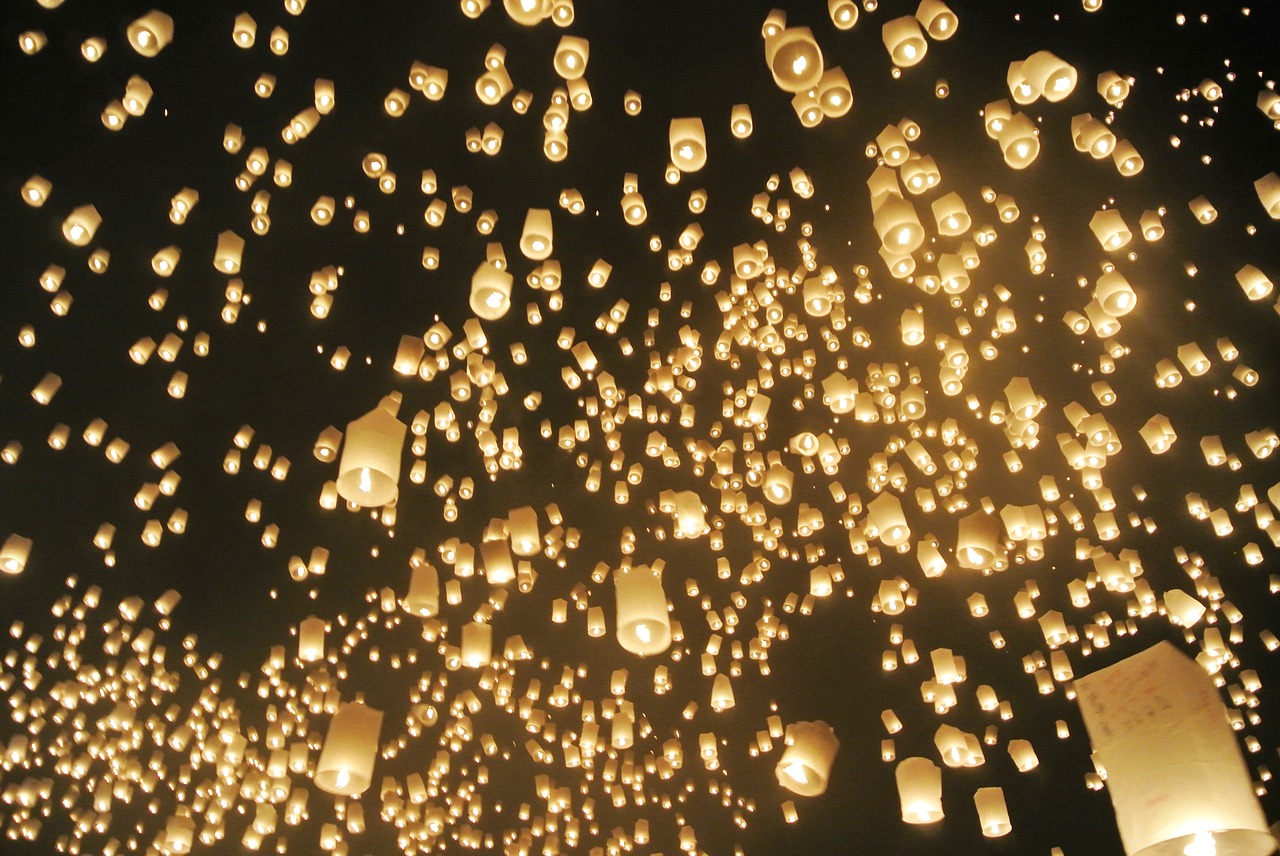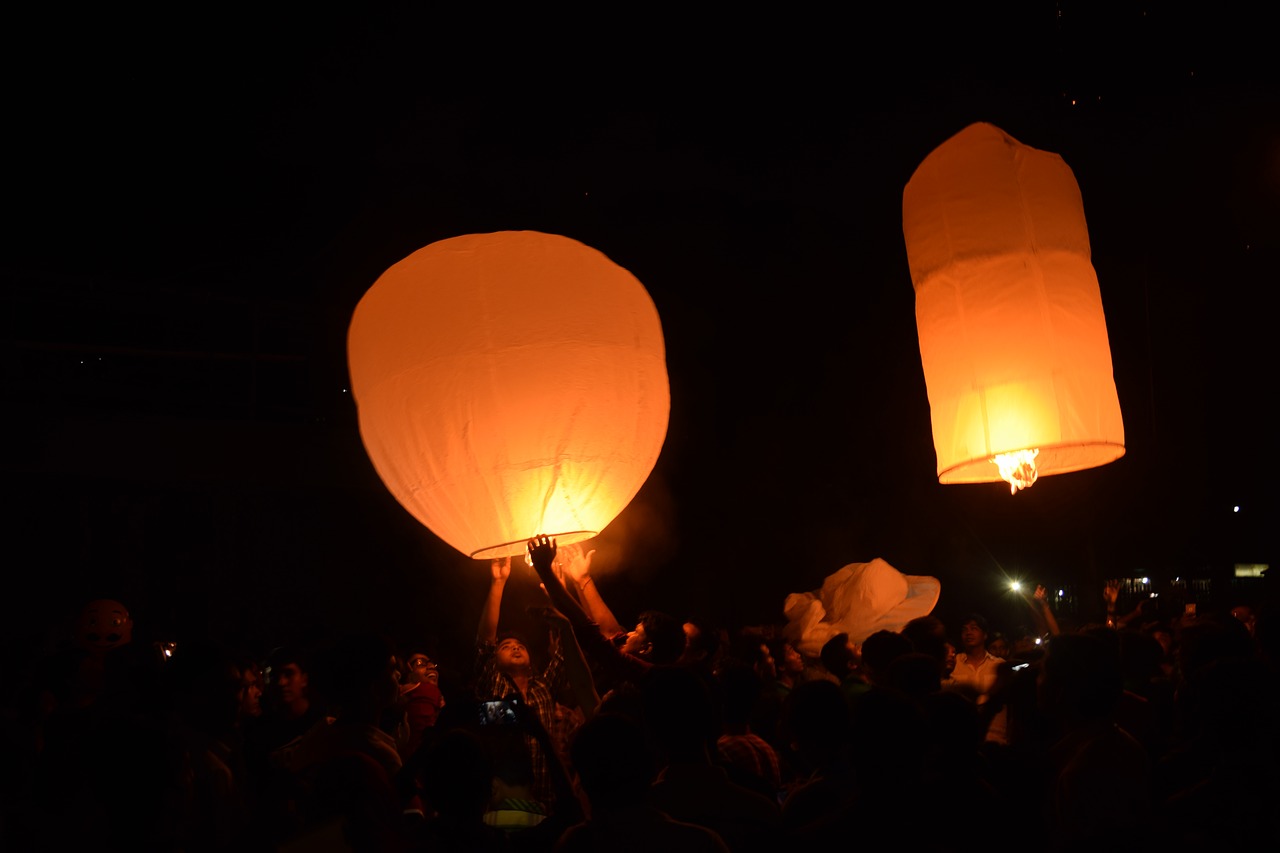Both the past and the present prove that lanterns can play an important role in communication. In ancient China, sky lanterns were sometimes used to carry messages across enemy armies to call for reinforcements. While China Light advocates peace and harmony, the communicative function of lanterns is still very much relevant today.
Kongming and the military lantern
Zhuge Liang, also known as Kongming, was a Chinese politician and military commander, who lived in the second and third century AD, during the Three Kingdoms period. He is said to be the inventor of the sky lantern, but while we know these lanterns as symbols of hope and celebration, Kongming intended them for military purposes. When he and his army were trapped at Pingyang by his archnemesis, the commander Sima Yi, Kongming used sky lanterns to call for reinforcements. The enemy were unable to stop the messages from reaching Kongming’s allies, and his army was finally relieved. Chinese sky lanterns are still known as Kongming lanterns for this reason.

Lanterns at festivals and ceremonies
Over time, sky lanterns became more and more popular among civilians, and were used at festivals and religious ceremonies, often in conjunction with fireworks. For example, the Mid-Autumn Festival and the Spring Lantern Festival both feature sky lanterns. The sky lantern also started to play a role in Buddhist ceremonies. They believed that the lanterns would carry away their troubles, and would bring good luck and prosperity. The higher the lantern would climb, the more fortune and wealth it would bring.
Lanterns as a means of communication
China Light has returned to the lantern’s original function: communication. Although sky lanterns are nowadays prohibited in some countries, other types of lanterns can also be used to convey a message. And that is part of China Light’s mission: to enhance communication among people. On its festivals, China Light uses lanterns to tell a story, most often to raise awareness about the protection of nature, for example like in the Jungle Book Edition in the Antwerp ZOO in 2018. One way to convey stories is by means of interactive installations. The festival featured a great example: a wish tree, which was covered by butterfly lanterns. The butterflies lit up at the press of buttons underneath the tree.

Lanterns in China Light’s communication
The festive and colourful lanterns are a means of visual communication, just like Kongming originally intended them to be. However, our communication is always adapted to the visual language of our local audience, as could be seen in the Ocean Edition at the Jardin des Plantes in Paris, where animals on the verge of extinction or already extinct were given new life using Chinese lanterns. The results speak for themselves: the Jardin des Plantes edition was visited by no less than 370,000 visitors in just two months, and was heralded by Parisian media as being “a magical and enchanting installation”, “unusual and festive” and “an extraordinary journey”. Another prime example is the Magic Lights Worlds Edition in Halle, Germany, where western fairy tales came true, depicted with Asian lantern art. The event, which took place in the Halle Zoo, even brought the zoo its most successful month since its founding in 1901.

